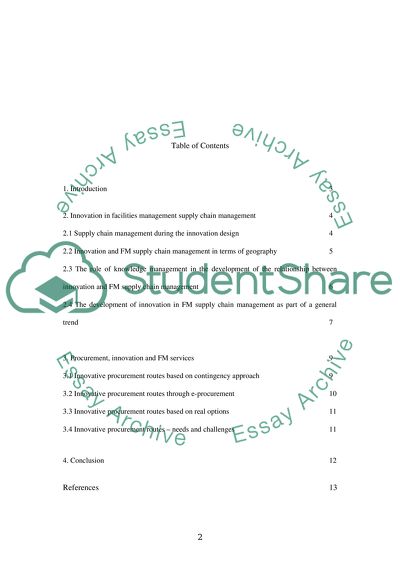Cite this document
(“FACILITIES MANAGEMENT Essay Example | Topics and Well Written Essays - 3000 words”, n.d.)
Retrieved from https://studentshare.org/environmental-studies/1408621-facilities-management
Retrieved from https://studentshare.org/environmental-studies/1408621-facilities-management
(FACILITIES MANAGEMENT Essay Example | Topics and Well Written Essays - 3000 Words)
https://studentshare.org/environmental-studies/1408621-facilities-management.
https://studentshare.org/environmental-studies/1408621-facilities-management.
“FACILITIES MANAGEMENT Essay Example | Topics and Well Written Essays - 3000 Words”, n.d. https://studentshare.org/environmental-studies/1408621-facilities-management.


